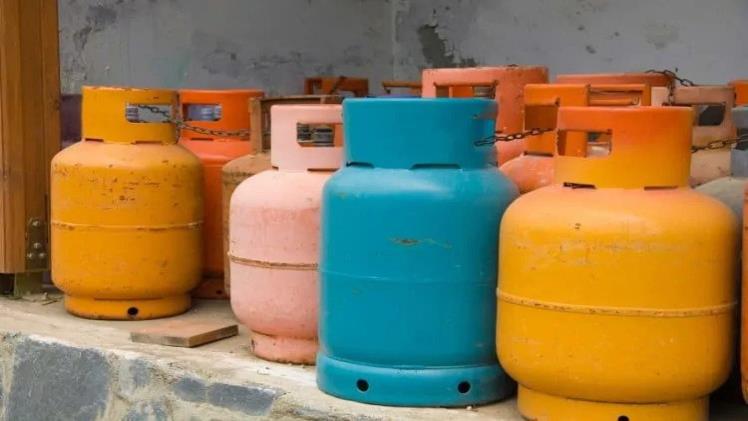Argon, one of the seven noble gases, also known as the welding gas, is the third most abundant existing gas. This gas has made its space in many industries and sectors, making its demand reach its peak concurrently. However, argon gas is synonymously related to welding since its prime use case lies in metal works. Argon cylinders also found their way into the healthcare sector and are used as argon lasers for optical corrections. So, if you are either looking to start a welding service or expand our existing metal fabricating business, knowing how to buy the best suiting argon cylinder becomes inevitable.
Things to Remember While Buying Argon Cylinders
There are more than 70,000 welders in Australia, so the demand for the inert gas cylinder is always high. Also, MIC welding requires a range of essentials, and argon cylinders are one of them. Especially when you need to weld Aluminium and related metals, Argon and helium are the only options you have. As a welding service provider, you will know that Argon is the most used inert gas used across the process, from purging to shielding. However, wrong sized argon cylinders can cause sudden deficits leading to a panicky situation. Here is a list of factors that you must consider relating to the size and lasting duration:
1. Check If the Gas Is Argon 4.7
Only Argon 4.7 cylinders are suitable for industrial use- other grades have different applications. Argon 4.7’s low ionising potential will help to build the metal arc without any internal reactions. With Argon 4.7, you will have two choices. You can either go with compressed gas cylinders or get the gas in the form of cryogenic liquid.
The choice solely relies on the available setting you have to store the gas. Since compressed gas cylinders are flammable, you can go with the cryogenic form if you have low-temperature conditions to stock them. Lastly, remember to verify if the gas composition has a minimum of 99% Argon.
2. Understand the Size Standards
Commercially, you will find three size standards with every Argon or MIG gas cylinder. They are 40 cf, 80 cf and 125 cf (cf stands for cubic foot). 40 and 80 cf cylinders are commonly in use among welders. Their weight lies between 25 to 55lbs. However, if you have ample space and no storage problems, it is always better to go with the 125 cf cylinder. If you want to choose the size based on its lasting duration, begin with checking your flow rate. The higher the flow rate, the lower the lifetime.
Alternatively, you can use a pressure gauge to check the amount of gas left in the cylinder. A pressure gauge is the best to use to verify if your argon cylinder is full. The thumb rule is, the pressure will dip as the gas begins to deplete. Tip: If it’s your first argon cylinder from a vendor, use a pressure gauge to check its quantity. If the cylinder is full, the meter will read a pressure of 2015 psi.
3. Choose Between 100% Argon and Blends
With Argon gas cylinders, you primely have two choices: 100% Argon and Argon/CO2 blend. You cannot use Argon/CO2 mix for TIG welding. So, if you are looking to buy inert gas cylinders for TIG welding, always go with 100% Argon cylinders. Such cylinders are different from other blends- they have a lower ionisation potential. Since TIG welding involves sensitive tungsten electrodes, 100% argon can create an entirely inert shield over it. On the flip side, MIG welding works the best with the usage of an Argon/CO2 blend in the ratio of 75:25%.

